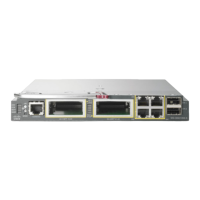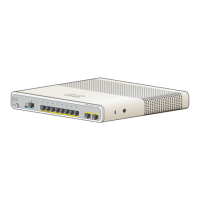test cable-diagnostics tdr
To run the Time Domain Reflector (TDR) feature on an interface, use the test cable-diagnostics tdr command
in privileged EXEC mode.
test cable-diagnostics tdr interface interface-id
Syntax Description
The interface on which to run TDR.
interface-id
Command Default
No default behavior or values.
Command Modes
Privileged EXEC
Command History
ModificationRelease
This command was introduced.Cisco IOS XE 3.3SECisco IOS XE 3.3SE
Usage Guidelines
TDR is supported only on 10/100/100 copper Ethernet ports. It is not supported on 10-Gigabit Ethernet ports
or small form-factor pluggable (SFP) module ports.
After you run TDR by using the test cable-diagnostics tdr interface interface-id command, use the show
cable-diagnostics tdr interface interface-id privileged EXEC command to display the results.
Examples
This example shows how to run TDR on an interface:
Device# test cable-diagnostics tdr interface gigabitethernet1/0/2
TDR test started on interface Gi1/0/2
A TDR test can take a few seconds to run on an interface
Use 'show cable-diagnostics tdr' to read the TDR results
If you enter the test cable-diagnostics tdr interface interface-id command on an interface that has an link
up status and a speed of 10 or 100 Mb/s, these messages appear:
Device# test cable-diagnostics tdr interface gigabitethernet1/0/3
TDR test on Gi1/0/9 will affect link state and traffic
TDR test started on interface Gi1/0/3
A TDR test can take a few seconds to run on an interface
Use 'show cable-diagnostics tdr' to read the TDR results.
Related Commands
DescriptionCommand
Displays the TDR results.
show cable-diagnostics tdr
Command Reference, Cisco IOS XE Everest 16.5.1a (Catalyst 3650 Switches)
972
test cable-diagnostics tdr

